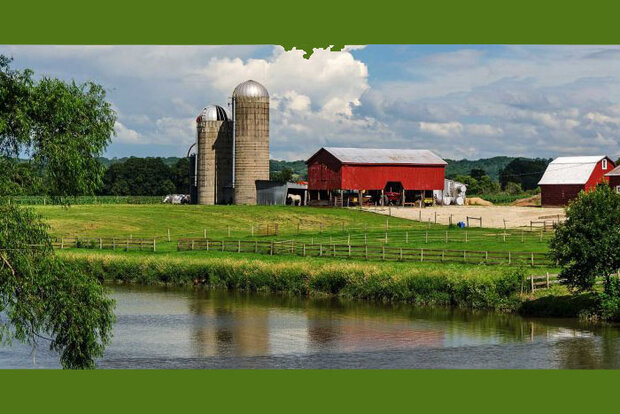Uneven consequences of global climate mitigation pathways on regional water quality in the 21st century

Farming has uneven water-quality impacts . Credit: NOAA

Farming has uneven water-quality impacts . Credit: NOAA
Nitrogen fertilizer usage and cultivation-induced biological nitrogen fixation help feed nearly half the global population. These practices, in addition to fossil fuel burning for energy production, have increased reactive nitrogen losses to the environment, causing a cascade of negative impacts on the ecosystem and human health. Nitrogen emissions to the atmosphere have contributed to acid rain, air pollution, stratospheric ozone depletion, and the radiative forcing underlying climate change. Nitrogen fluxes from lands have also impaired freshwater quality and contributed to coastal eutrophication, hypoxia, and harmful algal blooms, putting aquatic resources and the communities that depend upon them at risk.
Future socio-economic climate pathways have regional water-quality consequences whose severity has not yet been fully understood across geographic and economic spectra. The authors used a process-based, terrestrial-freshwater ecosystem model to project 21st-century river nitrogen loads under these pathways.